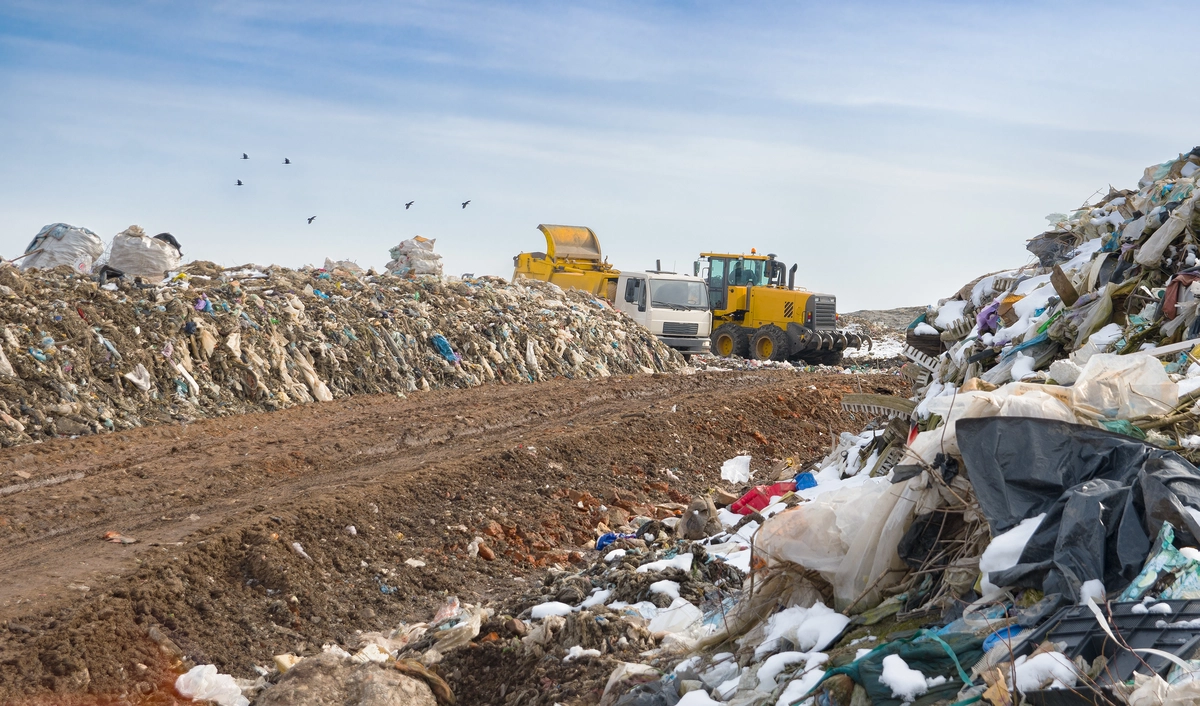What Are the Applications of AI in Waste Management?
One of AI’s standout applications is optimizing collection routes. By analyzing historical data on waste generation and traffic patterns, smart algorithms can chart the most efficient paths for garbage trucks. This reduces fuel consumption, cuts down on emissions, and saves both time and money. Imagine fewer trucks on the road, yet bins always emptied right on schedule—talk about efficiency!
Another game-changer is AI-powered sorting. Traditional waste sorting is labor-intensive and prone to errors. Enter AI: equipped with advanced sensors and machine learning algorithms, sorting centers can automatically identify and separate different types of waste. Whether it’s plastics, metals, or paper, AI ensures that materials are sorted correctly, boosting recycling rates and reducing contamination.
Moreover, AI enhances landfill management. Landfills are more than just dumping grounds; they’re complex ecosystems that require careful monitoring. AI sensors can track factors like temperature, moisture levels, and gas emissions in real-time. This data helps landfill operators make informed decisions, preventing environmental risks and optimizing space usage.
But wait, there’s more! AI isn’t just about efficiency—it’s also about innovation. Researchers are exploring AI’s potential in waste-to-energy technologies, where organic waste can be converted into valuable resources like biogas or biofuels. This not only reduces landfill volumes but also contributes to renewable energy production, paving the way for a more sustainable future.
AI is transforming waste management into a smarter, greener endeavor. From optimizing collection routes to enhancing recycling processes and innovating waste-to-energy solutions, AI is at the forefront of creating cleaner and more efficient cities. Embracing AI in waste management isn’t just about embracing technology—it’s about embracing a better tomorrow, where environmental stewardship and technological innovation go hand in hand.
AI Revolutionizing Waste Management: How Smart Technology Is Reshaping Recycling
One of the key challenges in recycling has always been sorting materials efficiently. Traditional methods often rely on human labor, which can be slow and prone to errors. Enter AI-powered sorting systems. These advanced technologies use machine learning algorithms to identify different types of materials like plastics, metals, and paper with incredible accuracy. They can even distinguish between different grades of plastic or colors of glass, something humans can struggle with. This means faster sorting times and higher recycling rates.
But it doesn’t stop there. AI isn’t just about sorting; it’s also about optimizing collection routes. Waste collection trucks equipped with AI can analyze data in real-time to determine the most efficient routes based on current traffic conditions, weather, and even the amount of waste in different areas. This not only saves time and fuel but also reduces carbon emissions, making our cities cleaner and greener.

Imagine a world where every piece of waste is seen as a resource waiting to be reused, where AI helps us achieve higher recycling rates than ever before. It’s not just a pipe dream—it’s a reality that’s already unfolding in many places around the globe.
From Trash to Treasure: AI’s Role in Optimizing Waste Sorting and Recycling Processes
Picture this: a bustling recycling facility where mountains of mixed waste are dumped every day. Traditionally, humans painstakingly sorted through this jumble, separating plastics from paper, metals from glass. It was time-consuming, inefficient, and prone to errors. Enter AI. With its ability to swiftly analyze vast amounts of data and identify patterns, AI-powered machines now do the heavy lifting. They use sensors and cameras to scan items as they zoom by on conveyor belts, sorting them with incredible accuracy.
But how does AI achieve such precision? Imagine it like this: AI is akin to a supercharged brain, trained on thousands of images and data points. It learns to distinguish between materials based on their shapes, colors, and even molecular composition. Just like a seasoned detective, it can spot a plastic bottle amidst a pile of newspapers or pick out aluminum cans from a sea of glass.
This technological marvel isn’t just about efficiency; it’s about sustainability too. By automating the sorting process, AI reduces human error and ensures that more materials are correctly recycled. This means less waste ends up in landfills, conserving valuable space and reducing environmental impact. It’s like turning a chaotic orchestra into a symphony where each instrument plays its part perfectly.

Green Tech: How AI Innovations Are Making Landfills Smarter and More Efficient
Have you ever wondered what happens to all the waste we generate daily? It’s a staggering amount that often ends up in landfills, impacting our environment in significant ways. However, there’s a ray of hope shining through the clouds of waste – AI technology is revolutionizing how landfills operate, making them smarter and more efficient than ever before.
Artificial Intelligence, or AI, is not just a buzzword anymore; it’s a powerful tool being integrated into various sectors, including waste management. At landfills, AI is being employed to optimize operations in remarkable ways. One of the key innovations is predictive analytics. By analyzing historical data on waste deposition and decomposition rates, AI algorithms can forecast future trends. This allows landfill managers to better plan their operations, ensuring that resources are allocated efficiently and environmental impacts are minimized.
Moreover, AI-powered sensors are playing a crucial role in monitoring landfill conditions in real-time. These sensors can detect changes in temperature, gas emissions, and moisture levels, providing landfill operators with immediate insights into potential issues. By detecting problems early, such as gas leaks or fires, AI helps prevent environmental hazards and ensures the safety of workers.
Another fascinating application of AI in landfills is in optimizing waste sorting and recycling processes. Traditional methods of sorting waste can be labor-intensive and prone to errors. AI-powered robots equipped with computer vision can identify and sort different types of materials with precision and speed. This not only increases the efficiency of recycling efforts but also reduces the amount of waste that ends up in landfills in the first place.
Furthermore, AI is aiding in the development of smarter landfill designs. Advanced modeling techniques powered by AI can simulate how landfills will behave over time, taking into account factors like soil composition, weather patterns, and waste types. This allows engineers to design more resilient and environmentally friendly landfills that minimize leachate and gas emissions.
AI innovations are transforming the landscape of waste management, particularly in landfills. By harnessing the power of artificial intelligence, we can make our waste disposal systems smarter, more efficient, and less harmful to the environment. The future looks promising as we continue to explore and implement these cutting-edge technologies in our efforts to build a sustainable world.
The Future of Waste: AI Algorithms Redefining Sustainability in Urban Environments
In bustling cities worldwide, waste management is a constant challenge. Overflowing bins, inefficient collection routes, and environmental impacts are everyday concerns. However, with advancements in AI technology, we’re on the brink of a transformative change. AI algorithms, with their ability to analyze vast amounts of data in real-time, offer solutions that were once purely futuristic.
One of the key areas where AI is making a profound impact is optimizing waste collection routes. Traditionally, garbage trucks follow predetermined schedules, often regardless of how full the bins are. This inefficiency leads to wasted fuel, increased emissions, and higher operational costs. Enter AI: by analyzing historical data on waste generation patterns, weather conditions, and even traffic flows, algorithms can dynamically adjust collection routes. This means fewer trucks on the road when they aren’t needed, reducing carbon footprints and saving money for cities.
Moreover, AI isn’t just improving logistics; it’s also enhancing recycling efforts. Sorting recyclable materials manually is labor-intensive and prone to errors. AI-powered sorting systems, equipped with sensors and machine learning algorithms, can identify and separate different types of materials with precision. This not only increases the efficiency of recycling plants but also ensures that more materials are recycled correctly, diverting them from landfills.
Beyond operational efficiencies, AI algorithms are also predicting future waste generation trends. By analyzing data from various sources such as population growth, consumption patterns, and economic indicators, AI can forecast when and where waste volumes are likely to spike. This proactive approach allows city planners and waste management companies to allocate resources more effectively, preventing potential overflow situations and minimizing environmental impacts.
